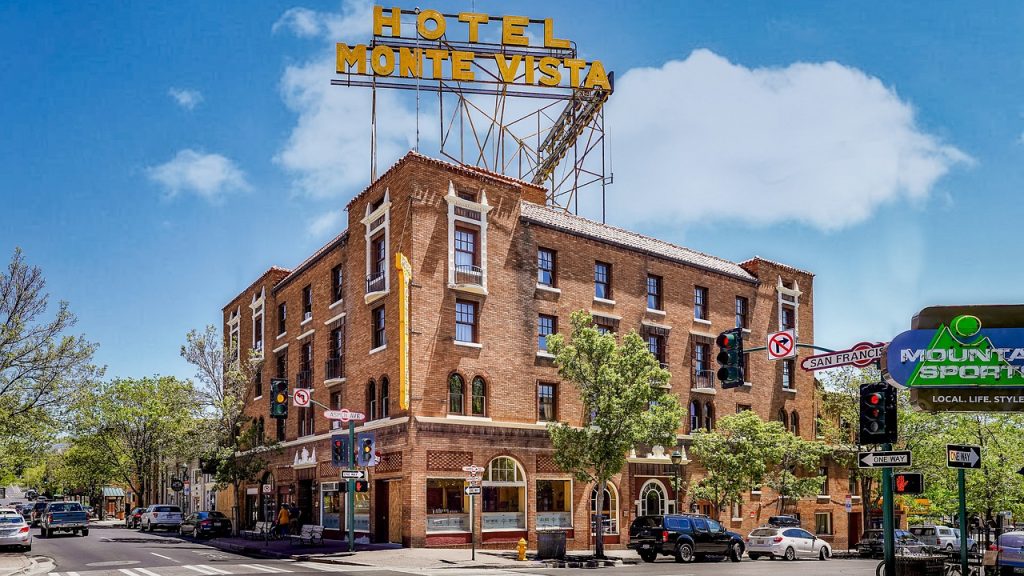Get a 928 Area Code Phone Number in Flagstaff

What is 928 Area Code?
Area Code 928 is a North American telephone area code that plays a pivotal role in identifying the source of phone numbers within the United States. These area codes are essential for efficiently routing phone calls and administering telecommunications services.
Where is 928 Area Code?
The 928 area code is located in Arizona, USA. It covers the northern and eastern portions of the state, including the Grand Canyon, Flagstaff, Yuma, Lake Havasu City, and Prescott. It is the only area code that serves the area.
The 928 area code is a beautiful region, with a variety of landscapes, ranging from dense forests and mountain ranges to vast deserts and picturesque valleys. This diversity of geography lends itself to a wide array of communities, each with its own unique charm and character. The Grand Canyon is also located within the 928 area code.
The geographic reach of Area Code 928 is vast, encompassing a mix of urban centers, suburban communities, and rural areas. It serves as a critical telecommunications link, connecting the diverse communities and residents who call this northern and western Arizona region home.
The Time Zone of 928 Area Code
Area Code 928 operates within the Mountain Time Zone (MT). Consequently, residents and businesses within this area generally follow Mountain Standard Time (MST) during the non-daylight saving months and Mountain Daylight Time (MDT) when daylight saving time is in effect.
The History of 928 Area Code
The history of Area Code 928 is closely linked to the growth and development of telecommunications in Arizona. Before the introduction of Area Code 928, the entire state of Arizona was served by a single area code, 602. However, as the population expanded, and the demand for phone services grew, it became evident that a new area code was necessary to meet the needs of the northern and western regions of the state. On June 23, 2001, Area Code 928 was officially introduced to provide relief and establish its own unique identity within Arizona.
The Demographics of 928 Area Code
With a population of approximately 506,759 residents, the area code encompasses a mix of urban centers, rural communities, and natural landscapes, contributing to a distinctive and dynamic atmosphere.
In terms of racial and ethnic diversity, Area Code 928 showcases a rich tapestry of backgrounds. Whites make up the majority at 77.5%, reflecting a significant presence in the area. Hispanic or Latino communities are also a prominent part of the demographic landscape, accounting for 17.2% of the population. Additionally, there is notable representation from Native Americans or Alaska Natives at 3.1%, Asians at 1.0%, and Black or African Americans at 0.7%. Individuals identifying with two or more races constitute 0.5% of the population.
The gender distribution within Area Code 928 is nearly balanced, with 49.4% being male and 50.6% female, indicating a relatively equal gender ratio. The age distribution paints a diverse demographic profile, with a median age of 40.3 years, highlighting a mature population. Approximately 22.5% of residents are under the age of 18, while the working-age group of 18-64 constitutes the majority at 62.3%. Seniors aged 65 and over make up 15.2% of the population, emphasizing the presence of an older community.
In terms of income, the median household income stands at $51,462, reflecting the economic conditions within the region. Approximately 16.2% of residents fall below the poverty line, underscoring the importance of addressing economic disparities and social welfare initiatives within Area Code 928.
The Main Industries of 928 Area Code
The economy of Area Code 928 thrives on a variety of industries, each playing a vital role in shaping its character and providing employment opportunities. Some of the primary industries in the region include:
- Natural Resources: The area is rich in natural resources, including timber, minerals, and outdoor recreational opportunities, making industries like forestry and tourism essential.
- Healthcare and Education: Healthcare facilities and educational institutions serve the community and contribute to the local economy.
- Tourism: The region’s natural beauty, national parks, and cultural attractions draw tourists, making tourism an important sector.
- Agriculture: Agriculture, including the cultivation of crops such as cotton, fruits, and vegetables, is a significant part of the economy.